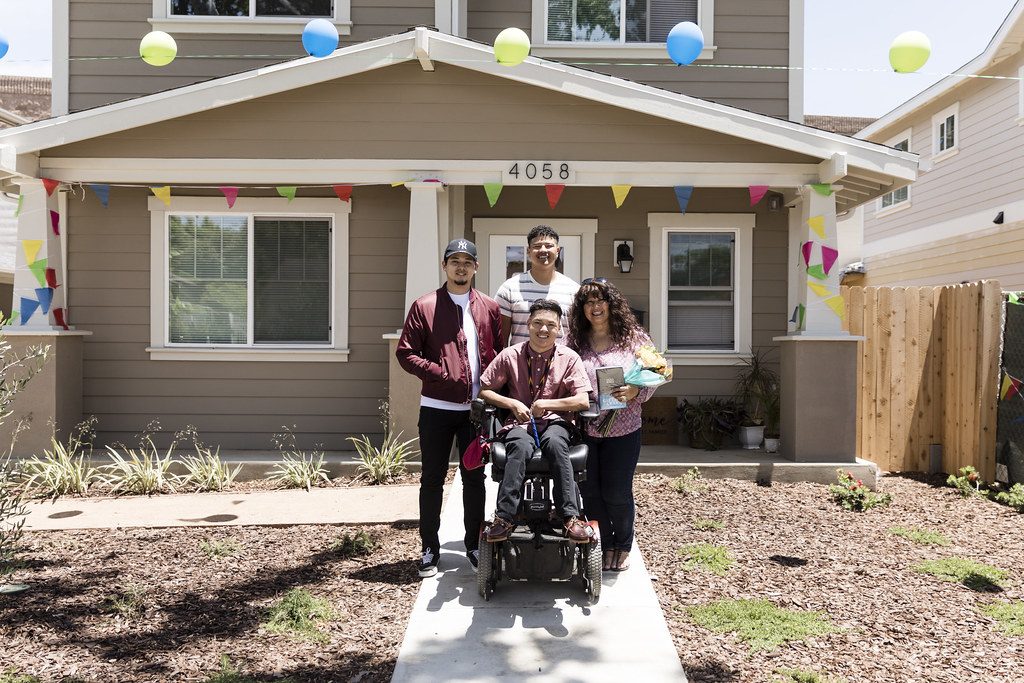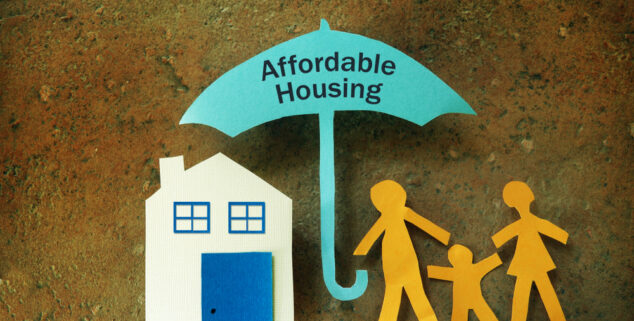Budget-friendly Homeownership Options for First-Time Homebuyers
As the real estate market continues to progress, first-time homebuyers encounter unique challenges in securing budget friendly homeownership options. Numerous sources, consisting of government aid programs, low-down-payment home loans, and targeted gives, have emerged to alleviate monetary stress. These campaigns not just facilitate homeownership yet also foster neighborhood stability and economic development. However, navigating these alternatives can be complex, and understanding which paths are most advantageous requires careful factor to consider. What strategies can potential home owners utilize to maximize their chances in this landscape?
Government Support Programs
Entitlement program programs play an important function in making homeownership obtainable for numerous people and households. These programs intend to minimize the economic burden connected with buying a home, specifically for novice buyers. By supplying financial assistance, grants, and tax motivations, federal government efforts assist bridge the void in between rising real estate prices and the purchasing power of potential homeowners.
Various programs are readily available at the federal, state, and neighborhood degrees. The Federal Housing Management (FHA) offers insurance policy on fundings, permitting lending institutions to supply more favorable terms, such as lower down settlements and reduced passion rates. Furthermore, state and city governments commonly have their own efforts, which might include down settlement aid programs, homebuyer education and learning programs, and desirable mortgage terms.
These programs are created to address the one-of-a-kind challenges encountered by reduced- to moderate-income households, including limited cost savings and credit report. By cultivating an environment where homeownership is extra available, federal government help programs not just sustain individual aspirations but also add to area stability and economic development. Comprehending and making use of these sources can significantly improve the potential customers of effective homeownership.
Low-Down-Payment Home Mortgages
For many aspiring homeowners, low-down-payment home loans present a feasible path to homeownership, specifically in today's difficult real estate market. These home mortgage alternatives generally call for deposits ranging from 3% to 5%, making it much easier for new customers to get in the market without the problem of saving for a considerable deposit.
Numerous lenders supply low-down-payment programs, including traditional fundings backed by Fannie Mae and Freddie Mac, as well as government-backed choices like FHA fundings. These home loans are created to accommodate individuals with minimal savings while still supplying competitive rate of interest. Notably, they allow purchasers to preserve more money for various other important costs, such as moving costs, home examinations, and potential remodellings.
However, prospective property owners ought to bear in mind the compromises connected with low-down-payment home loans. A smaller down repayment might cause greater monthly payments and the need of personal mortgage insurance coverage (PMI), which secures lending institutions in situation of default. It is critical for newbie purchasers to conduct thorough research study and seek advice from with home mortgage experts, ensuring they pick a low-down-payment choice that lines up with their long-term economic goals.
First-Time Property Buyer Grants
Many newbie buyers find that grants can considerably reduce the financial concern of acquiring a home, enhancing low-down-payment mortgage choices. These grants, commonly given by state and local governments or non-profit companies, use financial help that does not require payment, making them an eye-catching choice for those getting in the housing market.
Qualification for first-time property buyer grants generally relies on income, creditworthiness, and the purchase price of the home. Lots of programs are developed to help low- to moderate-income households, ensuring that assistance gets to those who need it most. The application procedure frequently entails documentation of monetary condition, homebuyer education programs, and sometimes even a commitment to remain in the home for a certain duration.
The amount of support differs commonly, with some grants giving several thousand bucks to aid cover shutting expenses or down payments. Researching readily available gives in your location is important, as programs frequently change and may have specific requirements. By leveraging these funds, new homebuyers can make homeownership extra available, ultimately accomplishing their desire of owning a home while alleviating the first financial pressure.
Cutting-edge Area Efforts
Cutting-edge neighborhood campaigns are playing a crucial duty in increasing economical homeownership alternatives for locals. These initiatives often include joint efforts between city governments, non-profit organizations, and exclusive field stakeholders to create sustainable housing services tailored to area demands.
One noteworthy strategy is the establishment of neighborhood land trust funds (CLTs), which enable citizens to acquire homes while the land continues to be owned by the trust. This model assists keep cost with time and prevents speculative rate increases. Furthermore, have a peek at these guys CLTs frequently give instructional sources and assistance solutions to equip novice homebuyers.
An additional effective campaign is the growth of mixed-income real estate projects, which blend economical devices with market-rate homes. This approach promotes comprehensive areas and decreases the stigma commonly related to low-income real estate. Local federal governments are increasingly sustaining zoning reforms to help with the construction of accessory home devices (ADUs), which can offer added rental earnings for property owners while enhancing housing accessibility.

Tips for Budgeting and Saving

Following, develop a dedicated cost savings account particularly for your future home purchase. Aim to conserve a percent of your revenue continually, ideally 20% or even more, to develop a considerable deposit. Use automation tools, such as straight deposit or automated transfers, to make saving less complicated and a lot more regular.
Additionally, think about adopting the 50/30/20 policy: allot 50% of your earnings to a fantastic read needs, 30% to desires, and 20% to financial savings and financial obligation payment - Affordable Homeownership. This technique advertises balanced monetary wellness

Final Thought
In recap, economical homeownership alternatives for new homebuyers incorporate different sources such as entitlement program programs, low-down-payment mortgages, and grants. These efforts not just help with access right into the housing market but likewise advertise neighborhood stability and economic development. By leveraging these monetary tools, people can browse the intricacies of homeownership, ultimately adding to a more equitable housing landscape. Continued support and awareness of these programs are vital for boosting accessibility to homeownership chances.
As the housing market continues to advance, new homebuyers face unique obstacles in securing affordable homeownership choices. By promoting an environment where homeownership is more obtainable, federal government aid programs not only sustain individual desires official site however also contribute to area stability and financial development. By leveraging these monetary sources, new buyers can make homeownership much more easily accessible, inevitably attaining their desire of owning a home while alleviating the first monetary strain.
In summary, cost effective homeownership options for new property buyers incorporate various resources such as federal government help programs, low-down-payment mortgages, and grants. By leveraging these economic tools, people can browse the complexities of homeownership, eventually contributing to an extra equitable housing landscape.